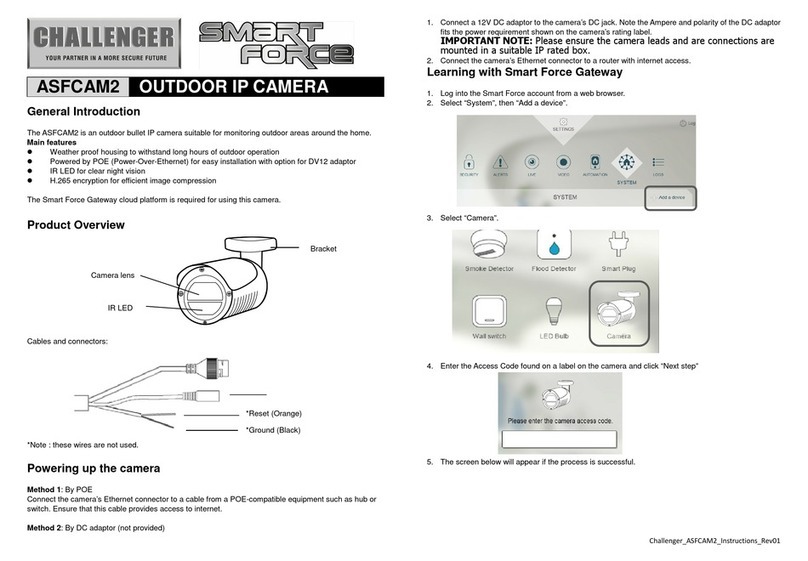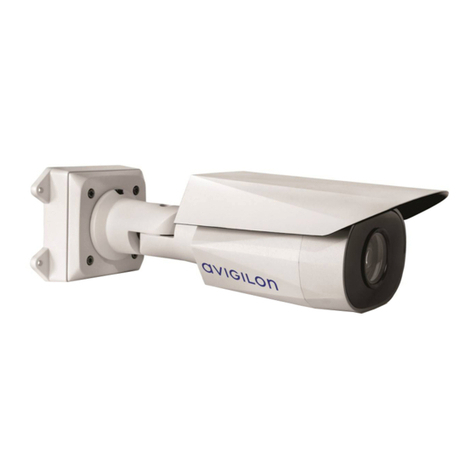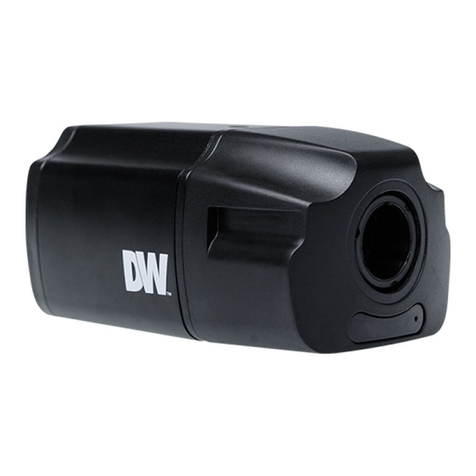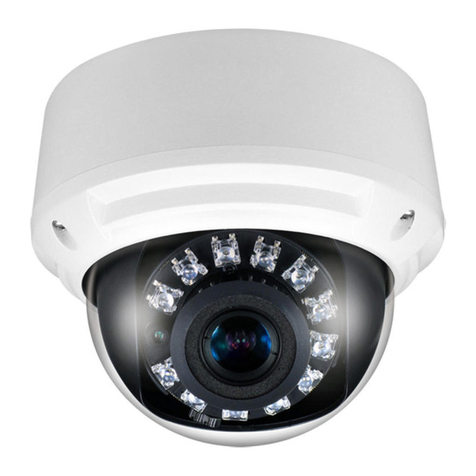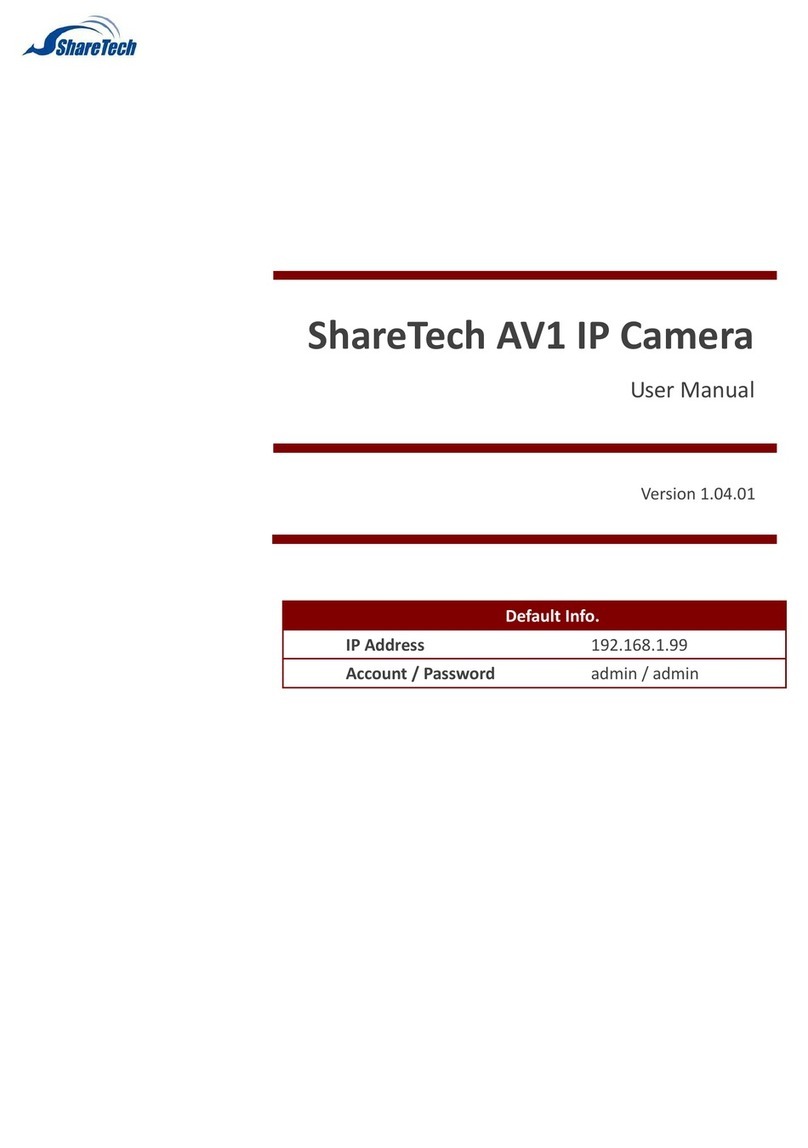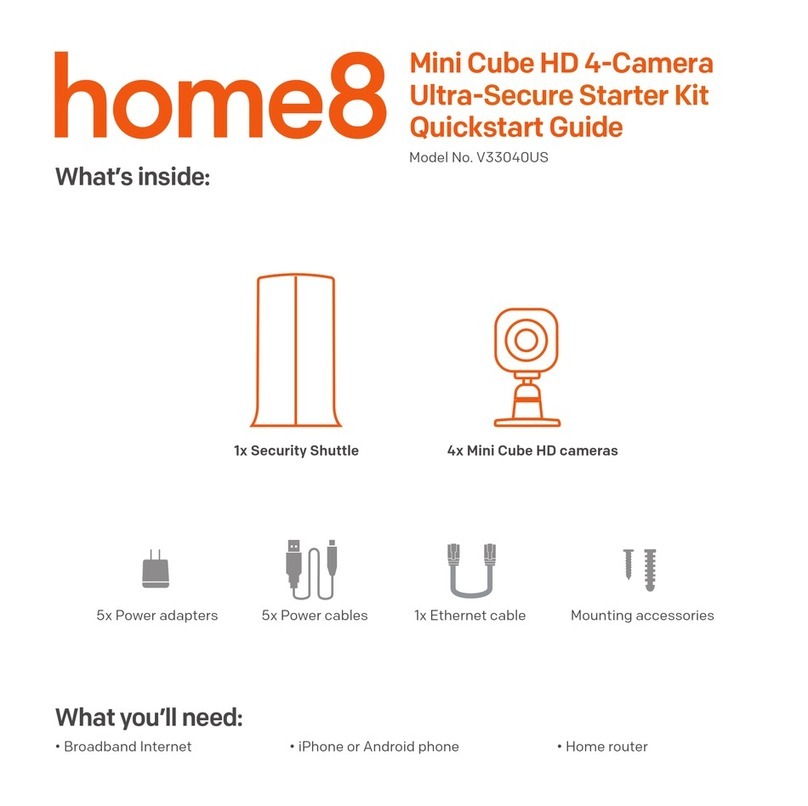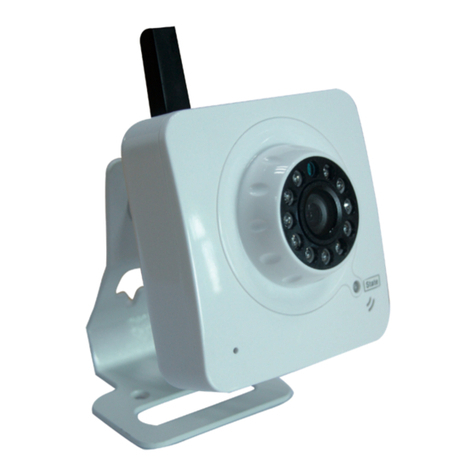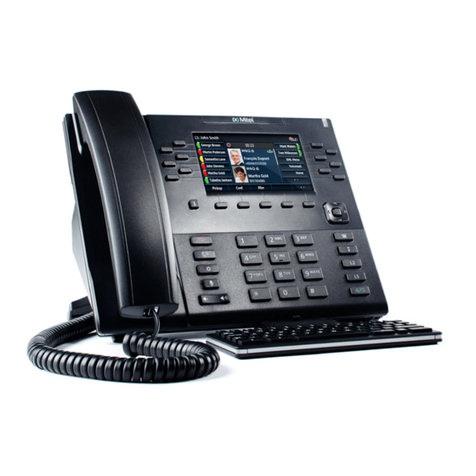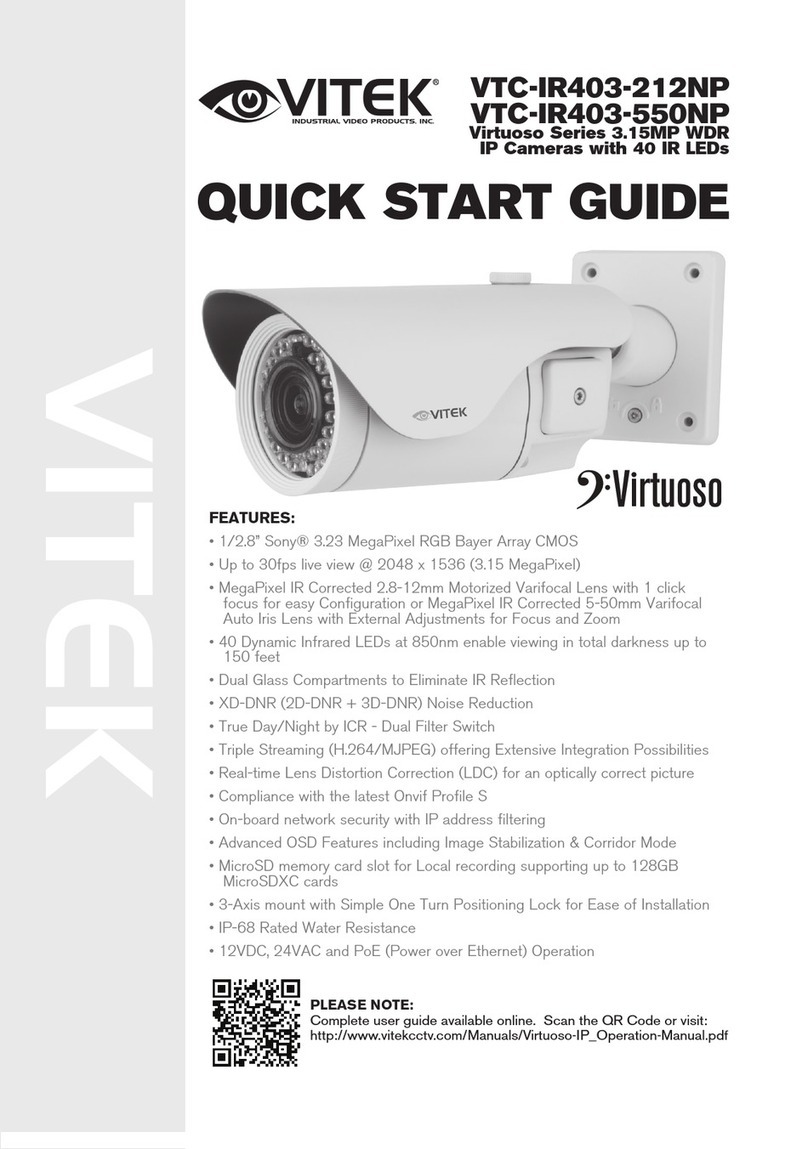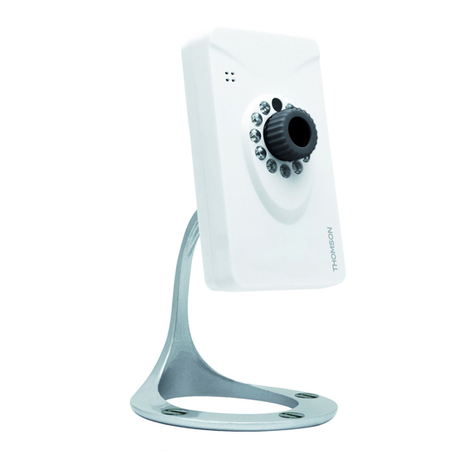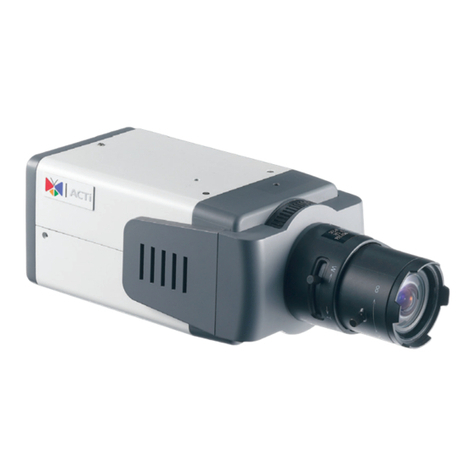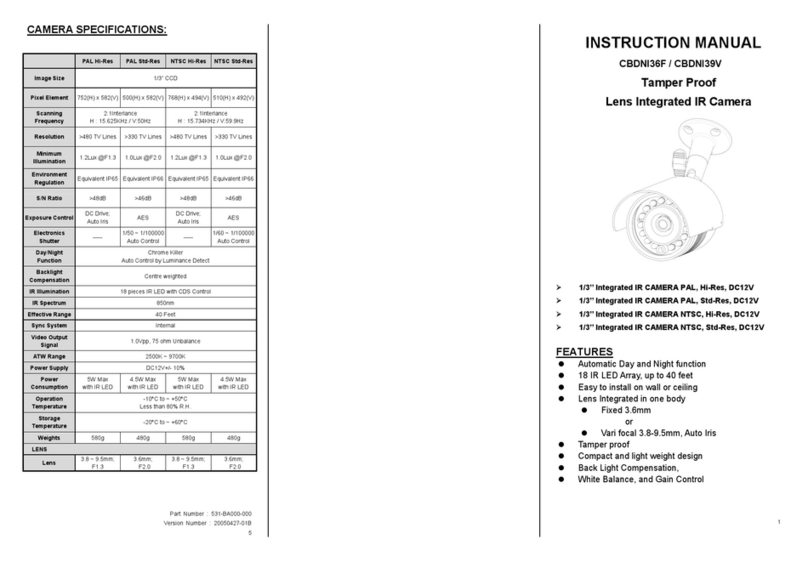2
1. Do not attempt to disassemble the camera.
In order to prevent electric shock, do not remove screws or cover. There are no
user-serviceable parts inside.
2. Handle the camera with care.
The camera could be damaged by improper handling or storage.
3. Do not expose the camera to rain or moisture, or try to operate it in wet areas. Take
immediate action if the camera becomes wet. Turn the power off and refer servicing to
qualified service personnel. Moisture can damage the camera and also create a
danger of electric shock.
4. Do not use strong or abrasive detergents when cleaning the camera body.
Use a dry cloth to clean the camera when dirty. In a case where the dirt is hard to
remove, use a mild detergent and wipe gently.
5. Never point the camera toward the sun.
Whether the camera is used outdoors or not, never point it toward the sun. Use caution
when operating the camera in the vicinity of spot lights or other bright lights and light
reflecting objects.
6. Do not operate the camera beyond its temperature, humidity or power source ratings.
Do not use the camera in an extreme environment where high temperature or high
humidity exists. Use the camera under conditions where temperatures are between
14°F~122°F (-10°C~+50°C) and humidity is below 85%.
7. Us only a 24 VAC UL Listed Class 2 power supply.
Caution:
To prevent fire or shock hazard, the UL listed wire VW-1, style 1007, should be used for the
cable.
This installation should be made by a qualified service person and should conform to all local
and national electrical and mechanical codes.
PRECAUTIONS
